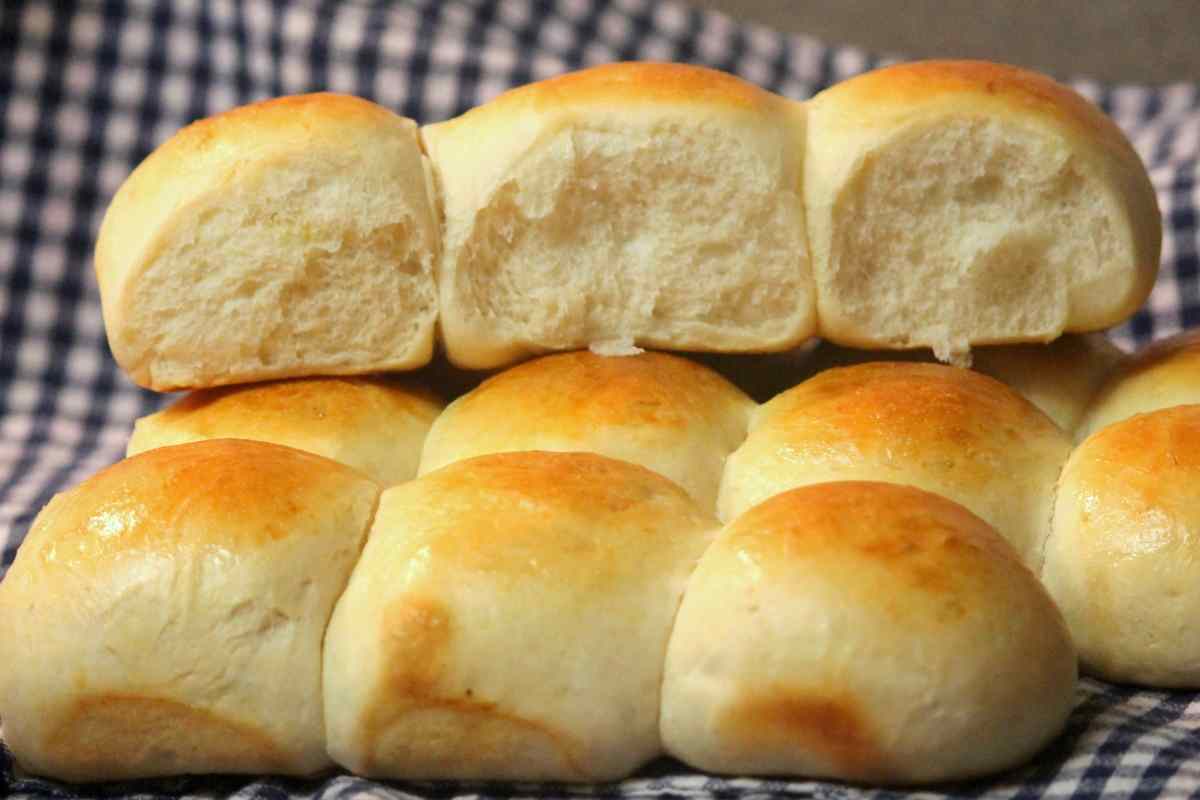‘Pao’ meaning bread in Portuguese, has been a part of the Goan’s staple diet for centuries. Be it breakfast, lunch or dinner, the traditional Pao is never far from the kitchen table as it acts as the perfect cushion for a sandwich, be it ‘cutlet pao’ or ‘choris pao’, or equally savoured to mop the delicious curry on your plate. The texture of any Goan dish nestles neatly in a Pao, as the inner walls absorb the contents, before being gobbled up by some lucky individual.
Trusted Poder
The sound of the ‘Poder’s’ horn, delivering the freshly baked Pao on his bicycle, always sends the chef of the house rushing to the front door. Most Goans have an extremely good rapport with their trusty Poder, so much so that they leave a bag on their Balcao or gate and it gets loaded with their order. For Goans who have moved to flats and don’t have a Balcao, tie a bag to a rope and hang it from their window.
Pao Economics
In recent weeks, the Poder’s horn has been overlooked by a small section of Goans, who have chosen to instead shift to preparing bhakris, chappatis and rotis at home or purchasing plain old Supermarket sliced bread. The main reason cited is the increase of the cost of the Pao. Just a few years ago, you could get two Pao’s for Rs. 5, before the price was slowly increased from Rs. 2.5 to Rs. 3.
As inflation has increased the cost of the baker’s grocery basket even further, the bakers have been left with no choice, but to pass this on to the customer. The issue for the customer was that the bakers were proposing a Rs. 2 hike, which meant one Pao would cost Rs. 5. This is a considerable increase for the average Goan family who purchases around a dozen Pao’s on a daily basis, give or take a few. Many bakers had already increased the rate to Rs. 5, while others were waiting for the official word from the All Goa Bakers’ Association.
“When we last raised the prices, flour cost Rs. 1,745 for a 90 kg bag. Now the prices have reached Rs. 2,700 for the same bag. Sugar has gone up. Yeast prices have increased from Rs. 80 to Rs. 100. Firewood is expensive,” stated Agapito Menezes, President, All Goa Bakers’ Association.
Basket half full or half empty?
Thankfully, the official word is now in from the All Goa Bakers’ Association and the price has been increased by only one rupee, instead of the proposed two rupees. The Pao will cost Rs. 4 from the 1st of August 2016. While Goan customers may view this as an increase of one rupee from the old price of Rs. 3, some may rejoice that the Pao has been decreased by one rupee, after some bakers were recently seen charging Rs. 5.
The bigger question now on everyone’s lips is, will the weight and size of the Pao be reduced by the bakers to compensate for the reduction in price?
“It is very difficult to bake a pao of 30 gms as 1,000 paos are baked simultaneously. There has been a lot of confusion over the proposed hike to Rs. 5 from the present Rs. 3 so it was decided to increase the price gradually. A sudden hike will severely affect the small Pode’rs (bakers) and not the bigger bakers and confectioneries, who also sell sliced bread. Baking is an art, so the weight and quality can be maintained and if the baker applies the proper techniques, he can bake a bread of 40 gms,” remarked Menezes, after the landmark decision.
Image courtesy: www.xantilious.com


